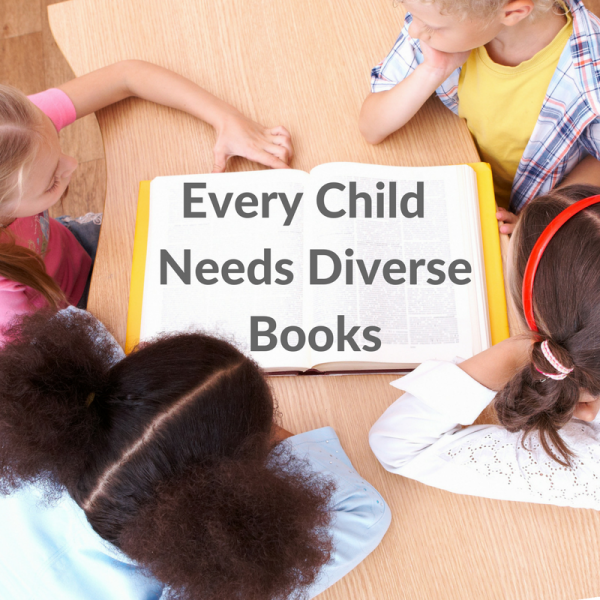
No matter who you parent or teach your children need diverse books. Let me help you understand why and find diverse books for your library.
Creating a home or preschool library that reflects the diversity in the world helps our children learn to respect and understand those differences. A child who has never had any exposure to someone who looks, or talks, or prays differently than their family does can not be expected to immediately accept that person. Adults may tell them “To love everyone.” but those are just words and what many children see is that these groups of people are excluded from their lived experience which is a much more effective lesson than being told, “Love everyone.” Inclusion matters, because it adds another layer onto the “Love everyone.” lesson. Whether the children we raise and teach are part of a marginalized group or not diverse books are a must. Understanding is a key component for developing empathy, raising more empathetic open minded kids is the goal and books are one of the tools we can use to reach it.
Diversity on your bookshelf is not just a tool for breaking down prejudice, it is also a tool for reflecting the lived experience of children in marginalized groups. As Marieke Nijkamp author and founding member of We Need Diverse Books writes “..when our stories continuously erase those characters, we teach readers that their stories don’t matter. We teach them that their voices don’t matter. We teach them that they don’t matter.” Sadly that lesson is taught far too often simply because the number of books that reflect these lived experiences is few and far between. According to the Cooperative Children’s Book Center at the University of Wisconsin-Madison in 2015 of the roughly 3400 children’s books published 14.9% were about a non-white character, the breakdown looked like this; 7.9% African American, 1.2% American Indian or First Nations, 3.3% Asian Pacifics/ Asian Pacific Americans, and only 2.4% Latino. Compare those numbers to the racial statistics of children in the United States, where 48% of children are not white, and you can see there is a serious gap in representation. Whether the children we raise and teach are part of a marginalized group or not understanding is a key component for developing empathy, raising happy more empathetic open minded kids is the goal.
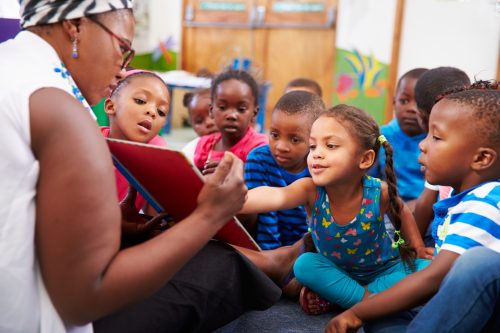
Why Diverse Books?
Books serve many purposes; they are tools for our children to learn about themselves as well as about the world around them. We often hear books being called mirrors and windows, a term coined by Dr. Rudine Sims Bishop. Books mirror the child’s lived experience and they can open the child up to experiences that they wouldn’t otherwise have a chance to explore. Every child should have access to books that serve both purposes. Books are also a non-threatening way to introduce sensitive subjects whether they are ones that reflect on your students’ or child’s life or not. Together cuddled on a couch, book nook, or bed the adult can help a child through the material. A parent or teacher can help make that connection deeper by discussing the book as you read.
Recently at my home, we read “I’m New Here” and discussed what being an immigrant might feel like for children. Although my children live with an immigrant mother, they know that my experience has been very different than the experiences of the children portrayed in that book. We took the time to talk carefully about feelings and which situations they could relate to in the book despite never having had that same experience.
Children need to have books that support the idea that being different is a strength and that point out differences within their identity group. Accepting that being different is a strength is a benefit not only to the child himself but also to others. As I write in my post about teaching children to love themselves to be more empathic; “When a child is secure in their identity, there is no reason to belittle another for being who they are. A secure child recognizes their own uniqueness, and that opens the door to being able to recognize the uniqueness of others.” Diversity can be diversity of abilities, or family structure, language, and even things like wearing glasses. Kids already see these differences, and when we don’t talk about them, kids create their own ideas which aren’t always a path to acceptance.
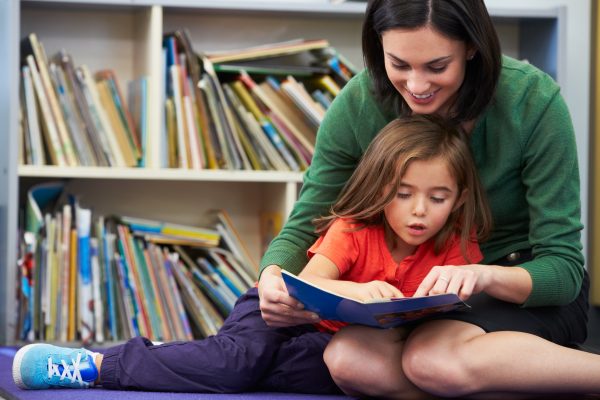
Tips for Choosing Diverse and Inclusive Books
- Read the story; I know this seems obvious but a book cover may seem like it includes a wide array of identity groups but the story doesn’t support that.
- Look for and avoid stereotypes. This is especially true for older books, when I presented this topic in a workshop I brought with me an old book from my childhood about food where many races were represented, but each child simply ate stereotypical ethnic foods. What was accepted 40 years ago is normally not the message we are eager to send to our children today. These can be good teaching tools if you are trying to point out outdated stereotypes with older children, though.
- Avoid tokenism. This can be tricky if you are just starting out or have a limited budget. My advice is to use your public library. What this tip suggests is not to have only one book about any one group, if the only book about Canadians for example that you have has them living in igloos, the children will form their understanding around that. This results in creating more stereotypes instead of combatting them.
- Ask yourself are marginalized groups portrayed as needing help and being passive? Include books that don’t just point out how different someone is from the “norm.”
- Find a balance between books that talk about diversity, about being different, and books that are simply inclusive.
*Adapted from What if all the kids are white? by L. DermanSparks and P.G. Ramsey
Where to find Diverse Books For Young Children?
Here!
I have and am always adding new book lists here on No Time For Flash Cards that include reviews. Here are just a few:
Books About Japanese Internment
I also have a great Pinterest board dedicated to diverse books for kids with book lists from a number of wonderful bloggers and websites.
Your public library is a treasure trove of diversity. A children’s librarian is really a super-hero in disguise, and they have an incredible amount of knowledge and a fantastic ability to research, so don’t hesitate to ask for help on your next visit.
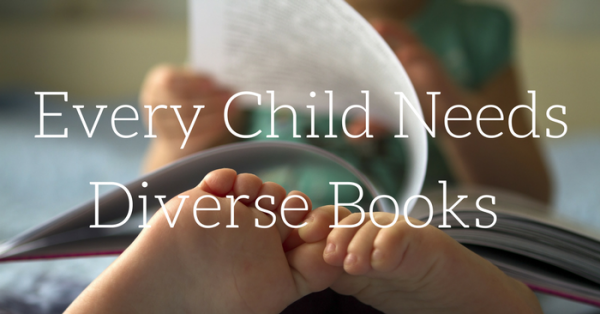
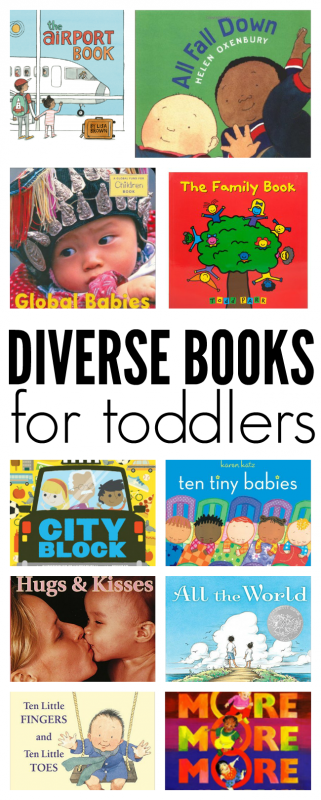
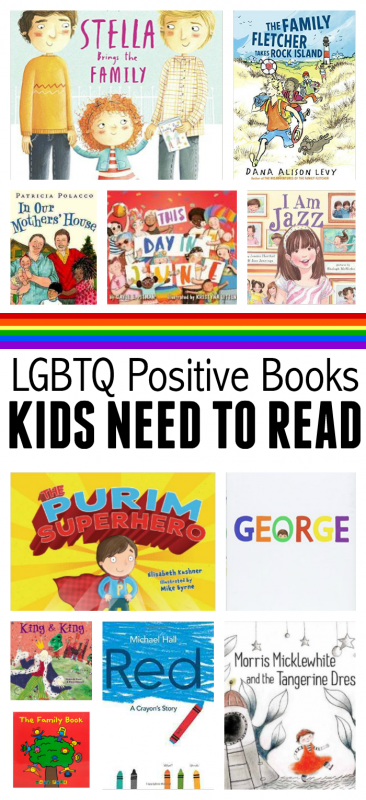
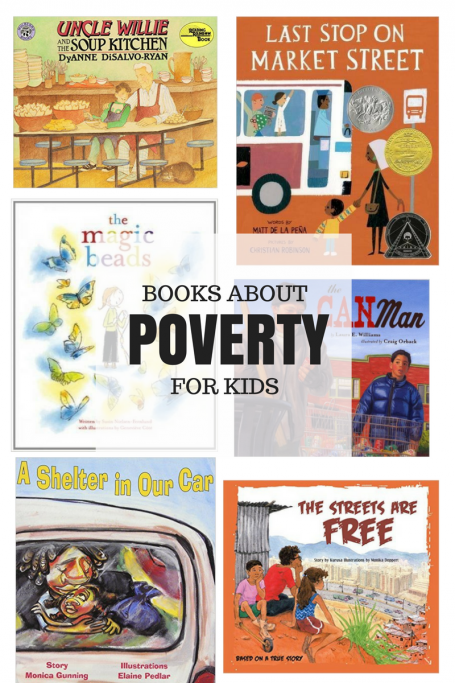
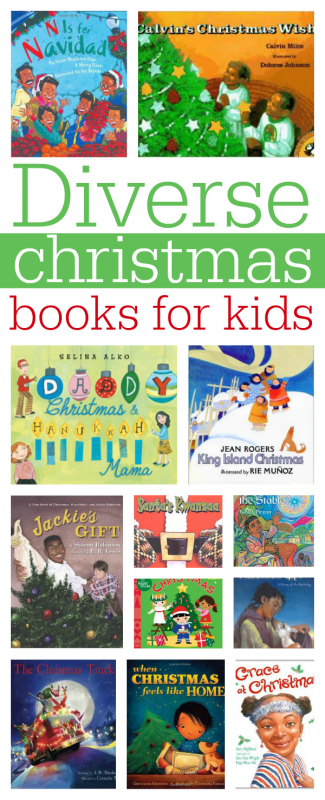
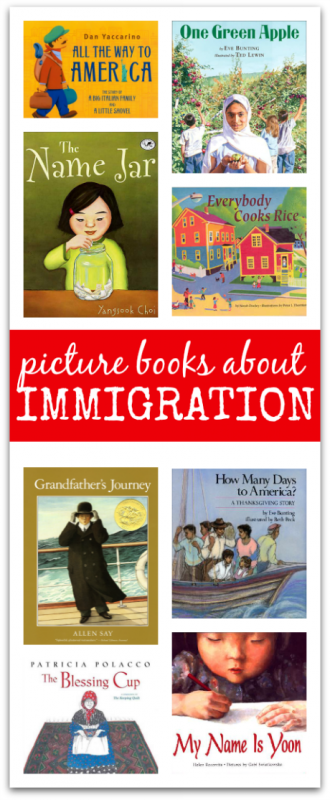
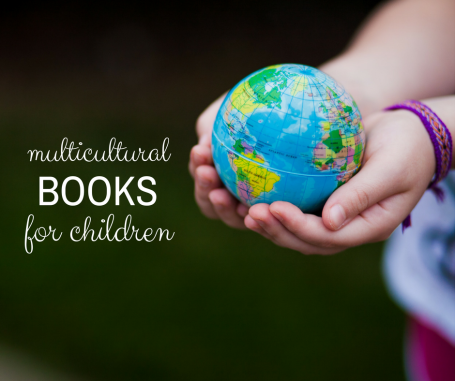
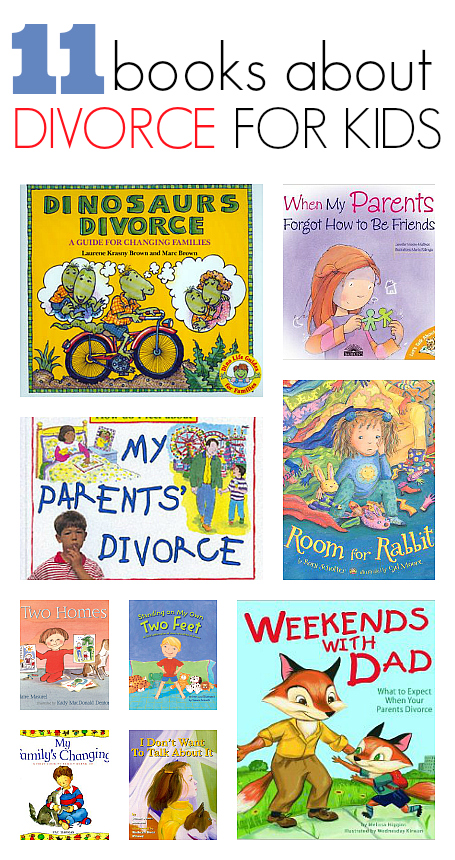
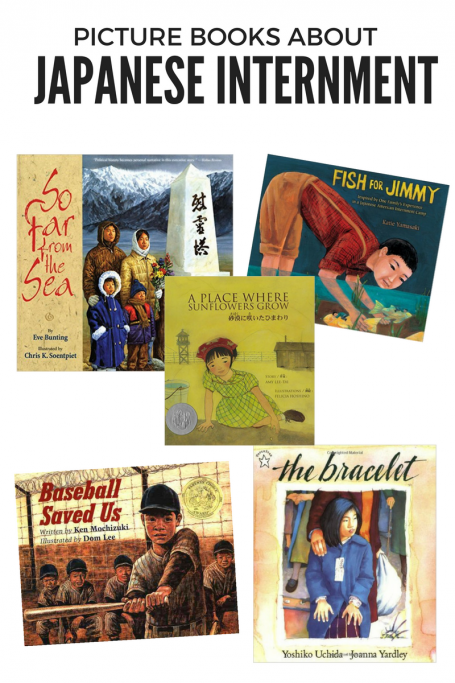
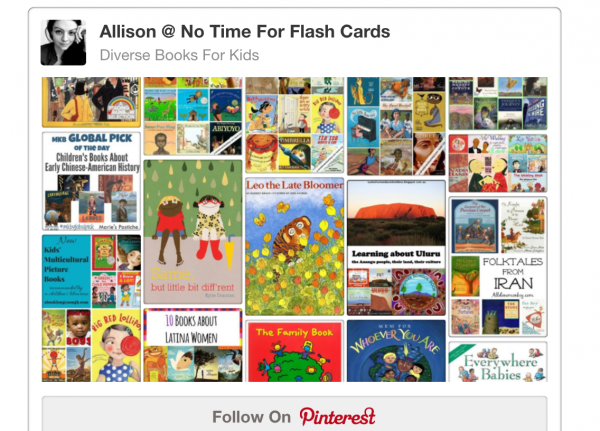
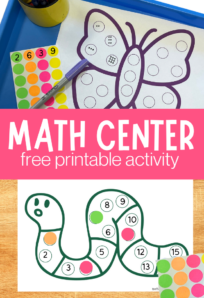
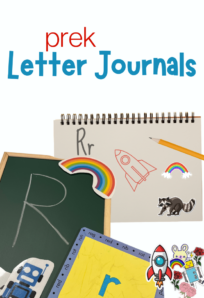
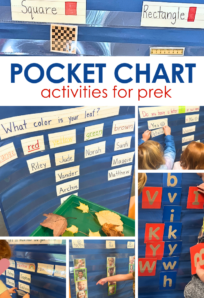
Anna McQuinn says
Great piece. You might be interested in this School Lib Journal about how books encourage cross-racial friendships – there’s even been a scientific study to prove it.
http://www.slj.com/2014/05/diversity/how-cross-racial-scenes-in-picture-books-build-acceptance/
Allison McDonald says
Thank you for the link – as well as your books, Lola ( and Leo) played a huge role in my daughter’s toddlerhood, as Lola at the Library was her very favorite book for a long long time.